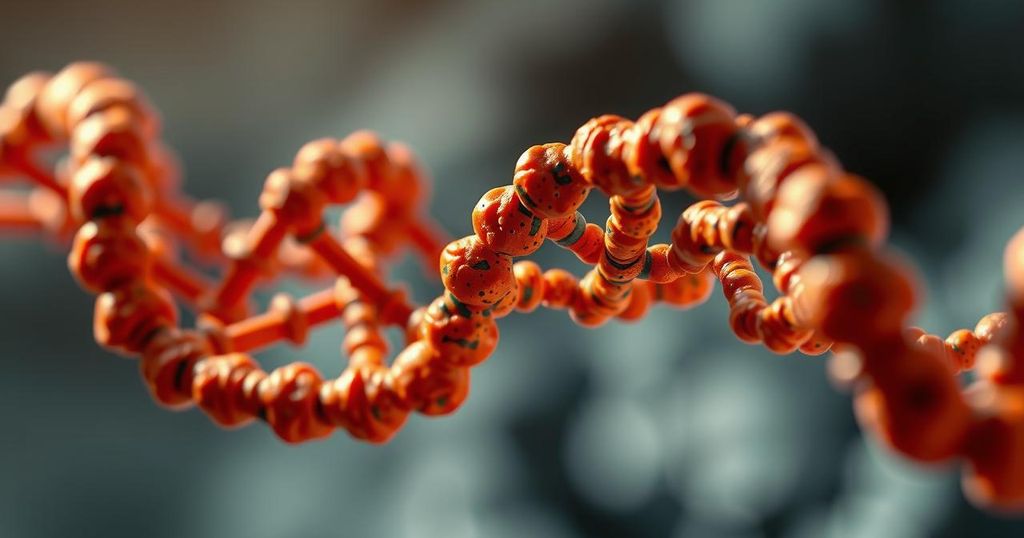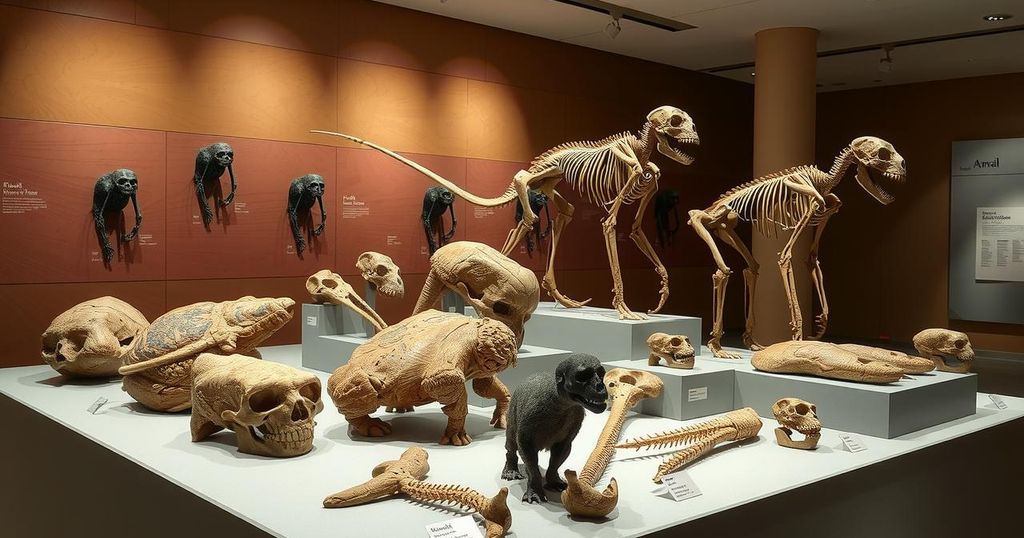Oldest DNA Unearths Complex Tie Between Homo Sapiens and Neanderthals
Scientists have discovered the oldest known DNA from Homo sapiens, dating back 45,000 years, in Ranis, Germany. The study reveals significant Neanderthal ancestry and interbreeding between the two species, particularly during a critical period about 50,500 to 43,500 years ago. Insights into genetic variations inherited from Neanderthals display their influence on modern human traits, while also emphasizing the extinction of distinct early human lineages, including that of the Ranis individuals.
In a groundbreaking discovery, scientists have managed to extract the oldest Homo sapiens DNA from human remains in a cave in Ranis, Germany, shedding light on the intricate relationship between our species and Neanderthals. Analyzed genomes from 13 bone fragments indicate that these ancient humans, who roamed the earth around 45,000 years ago, possessed significant Neanderthal ancestry, suggesting interbreeding that occurred around 1,500 years prior to their time.
This revelation aligns with earlier research establishing that early modern humans intermingled with Neanderthals post their exodus from Africa. Notably, a study published in the journal Science corroborated a timeline where this genetic exchange was frequent, especially within a pivotal range of 50,500 to 43,500 years ago. This period saw early humans and Neanderthals cohabiting and forming hybrid children, a fact underscored by the evidence found in ancient genomes.
What’s particularly intriguing about this research is how our genetic makeup still reflects this Neanderthal legacy today. Neanderthal variants that contributed to traits ranging from immune response to skin pigmentation have been detected within our modern DNA. Annotations revealed that up to 3% of our genome may trace back to these ancient cousins, hinting at a shared adaptability shaped by the harsh climates of the ice ages.
Yet, the mystery deepens as scientists explore the genetic deserts where Neanderthal genes seem to vanish from certain human DNA. This inconsistently distributed ancestry suggests that these traits may have posed problems for survival, leading to some hybrid individuals being less fit than their purely Homo sapiens counterparts. Observations specifically highlight the X chromosome, demonstrating its potential link to male fertility and survival rates.
The Ranis individuals, with dark skin and features typical of a recent African ancestry, represent an early European lineage that ultimately became extinct—documenting a fascinating chapter of human evolution that didn’t continue into modern times. Their lineage could not survive alongside a rapidly evolving Homo sapiens landscape, hinting that our unfolding human saga is one colored not just by success, but also by loss and extinction.
These findings compel us to reconsider the narrative of human history as a linear ascent towards success. Instead, it’s a complex tapestry woven from countless encounters, influences, and losses, reminding us that our journey as a species is marked by rich, yet transient, connections.
The research illustrates an era approximately 45,000 years ago, when early Homo sapiens began spreading into Europe, interbreeding not only with each other but also with Neanderthals. As scientists have delved into this ancient DNA, they unveiled the nuances within our genetic history that demonstrate shared lineage. These investigations probe into the broader human story, revealing how interspecies relationships have shaped the genes of modern populations and contributing to our understanding of both our ancestry and the demise of Neanderthal populations.
In summary, the intersection of early Homo sapiens and Neanderthals unveiled a period marked by interbreeding that has lasting implications for our genetic story today. The discoveries from the Ranis cave not only shed light on who our ancient ancestors were but also emphasize the loss experienced in human evolution. This research positions our understanding of ancestry as a complex interplay of survival and extinction, transforming the narrative of human history from a straightforward saga of success to a rich narrative of interconnections and losses.
Original Source: www.cnn.com




Post Comment